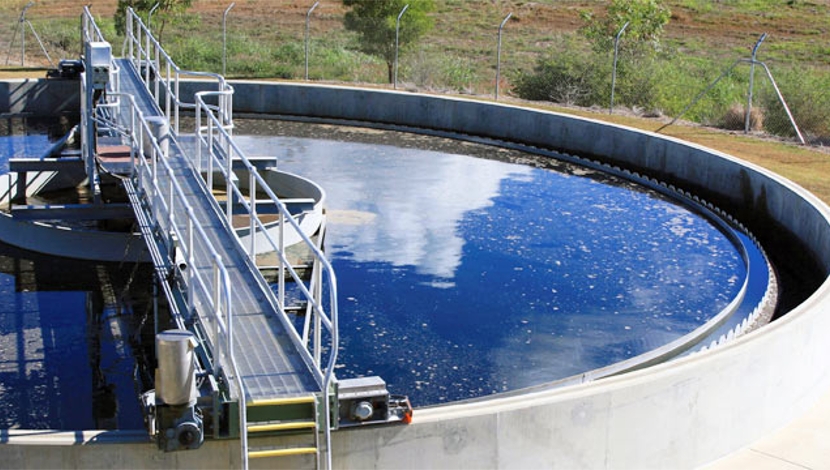

While the International Monetary Fund (IMF) expects South Africa’s growth to halve to just 0.6% in 2016, growth in other oil-importing countries across sub-Saharan Africa is projected to remain relatively resilient at 5.2%.
Nevertheless, the IMF is forecasting a difficult year for the 45-country territory, with its latest ‘Regional Economic Outlook for Sub-Saharan Africa’ projecting growth to fall to just 3% in 2016, a 15-year low – well below the 6% levels that were customary over the last decade and barely above population growth.
The region’s growth has already slowed markedly, with growth in 2015 falling to 3.4%, from 5.1% in 2014.
Oil exporters have been hardest hit, with the growth rate in 2015 estimated to have more than halved to 2.6% compared with 5.9% the year before.Growth in oil-exporting countries is expected to decline to 2.2% in 2016.
The further slump in South Africa’s growth forecast was in line with a number of other large non-oil commodity exporters, such as Zambia and Ghana.
Growth in oil-importing countries, excluding South Africa, is projected to fall only modestly to 5.2% in 2016, from 5.4% in 2015.
“More specifically, growth in Kenya is projected to rise to 6%, and Senegal’s strong growth is expected to remain broadly unchanged at 6.6%, supported by improving agricultural productivity and a dynamic private sector,” the IMF report shows, noting, too, that Côte d’Ivoire is projected to grow by 8.5%.
“With the external environment now much less supportive . . . a policy reset is needed to reinvigorate the growth momentum,” the report states. The report also argued that the current challenges provide a strong reminder of the need to advance the economic diversification agenda.





